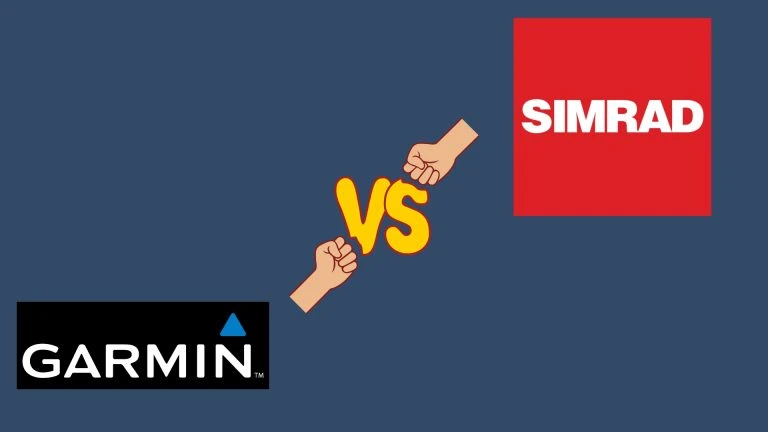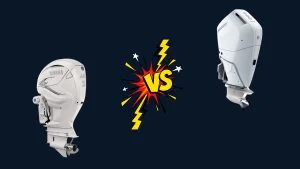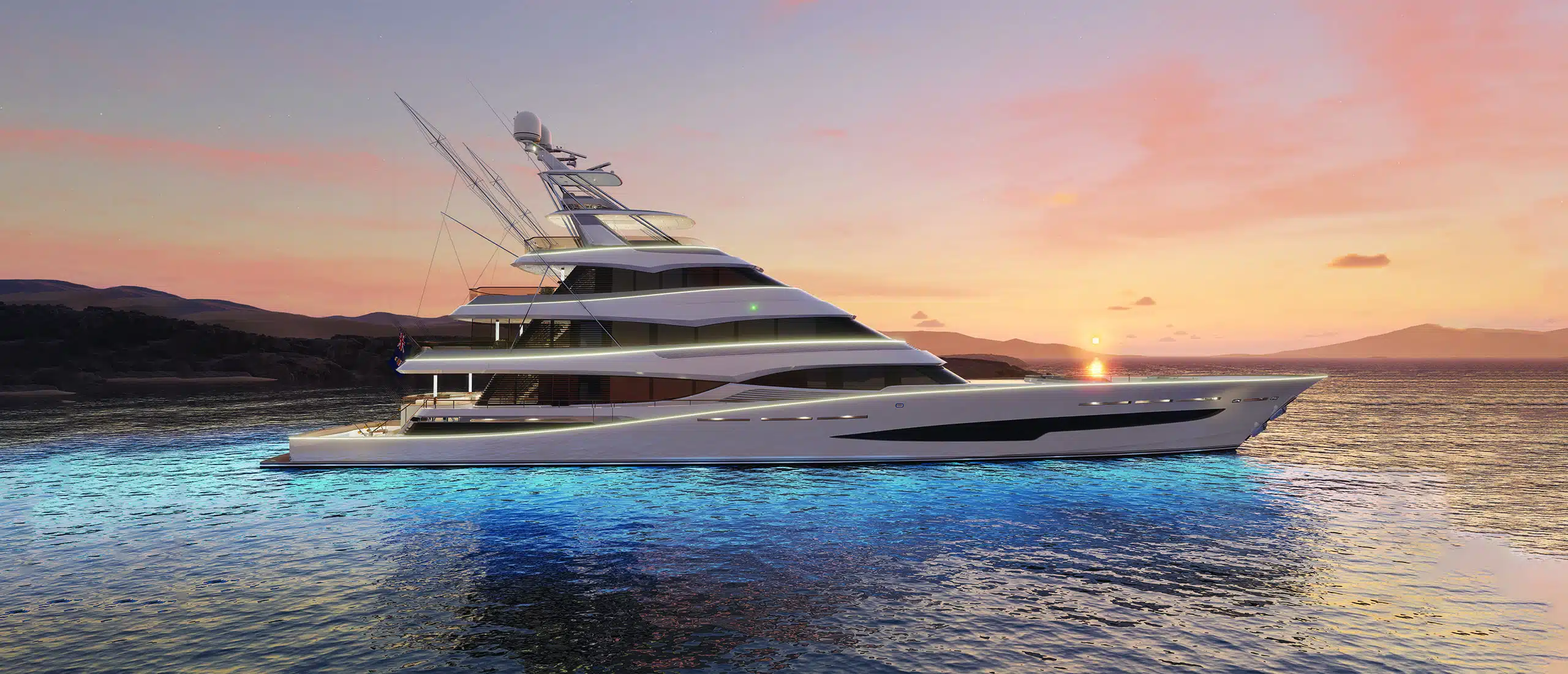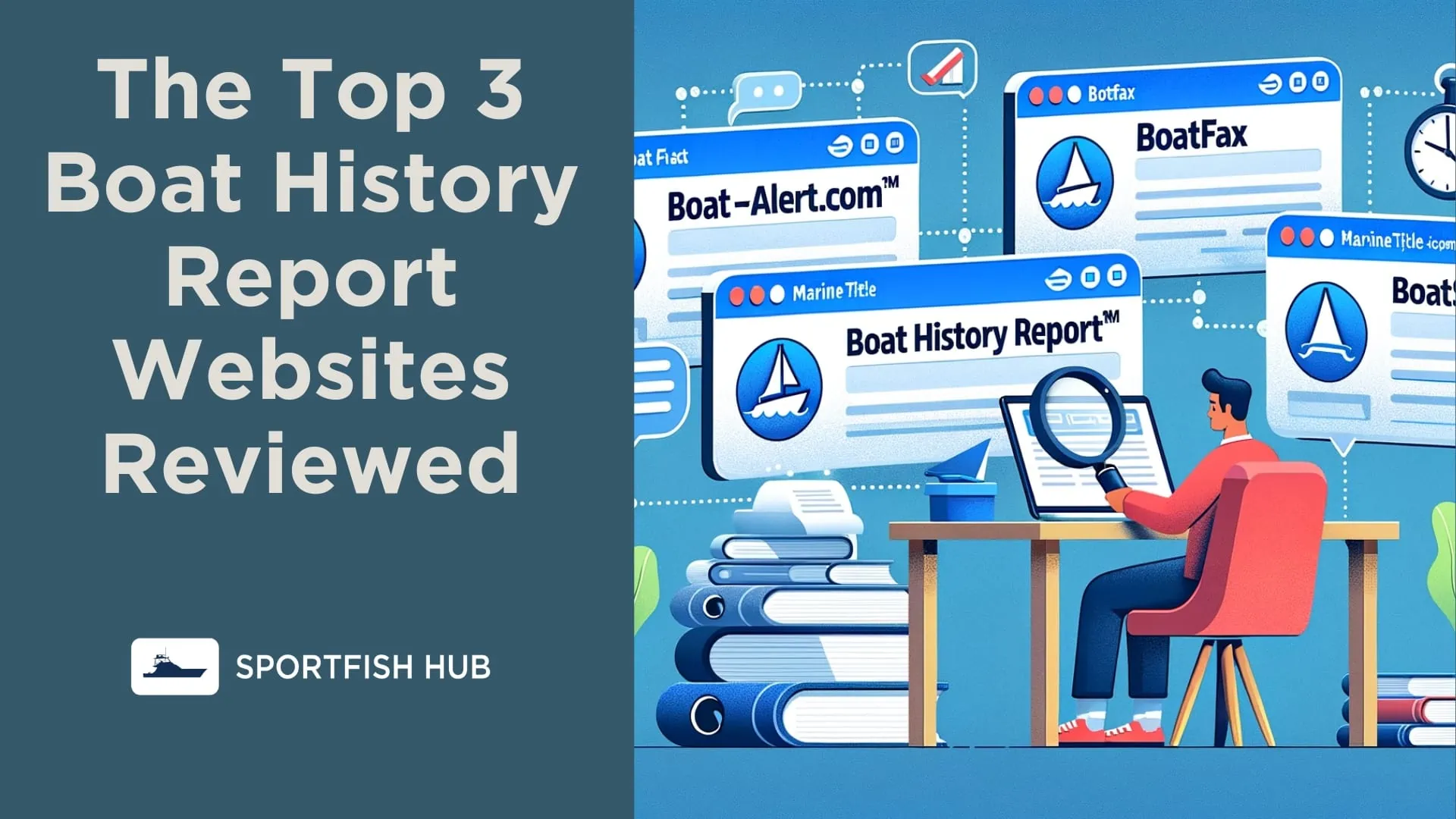Garmin and Simrad are two of the most popular and well-respected brands when it comes to marine electronics. Both offer a wide range of products including chartplotters, fishfinders, radars, autopilots and more. But how do Garmin and Simrad really compare in terms of key features and performance?
This article provides an in-depth look at the differences between these two marine electronics giants.
Overview Comparison
| Category | Garmin | Simrad |
|---|---|---|
| Ease of Use | Easier interface for beginners. More intuitive menus. | More advanced interface with full customization. Steeper learning curve. |
| Navigation | Excellent waypoint marking and navigation. User-friendly route planning. | Very capable navigation but more steps required for some tasks. |
| Mapping | Preloaded BlueChart maps. No support for external maps. | Preloaded Navionics. Compatible with external map chips. |
| Fishfinding | Superior LiveScope. Proprietary CHIRP transducers optimized for fishing. | Very good StructureScan. Compatible with wide range of transducers. |
| Radar | Fantom series provides excellent short and long range performance. | Halo radars offer superior target separation and clarity. |
| Networking | NMEA 2000 and Garmin Marine Network. Radar video networking only on high-end units. | NMEA 2000 and SimNet. Full video networking capability. |
| Smartphone App | Excellent ActiveCaptain integration. Easy transfer of data between devices. | No fully integrated smartphone app. |
| Autopilot | Seamless integration. Can follow tracks and routes. | Very accurate steering. More control over autopilot directly from display. |
In-Depth Feature Comparison
Display Interface
- Garmin units have a simpler, more intuitive interface that is easier for beginners to use right out of the box.
- Simrad offers much more customization of the display interface. This allows power users to optimize the system to their needs but has a steeper learning curve.
- Garmin’s quick-access keys get you to commonly used functions with fewer clicks. Simrad menus provide access to more advanced settings.
- Touchscreen, buttons or a combination are available on both brands depending on the model.
Navigation Features
- Waypoint marking and navigation is very simple with Garmin’s interface.
- Simrad is also excellent for navigation but requires more steps for certain tasks like coordinate entry.
- Garmin has some unique features like SmartMode that automatically adapts the map display for fishing, cruising etc.
- Both brands offer advanced autopilot integration and can follow pre-programmed routes.
Mapping and Charts
- Garmin units come preloaded with BlueChart g2 maps. There is no support for external maps.
- Simrad comes preloaded with basic Navionics charts. It is compatible with more detailed third-party map chips.
- Garmin’s BlueChart maps offer good detail and are user-friendly. But lack features like satellite overlay or 1-foot contours of premium charts.
- For best Florida/Louisiana detail, external charts like FMT and LMT work only on Simrad.
Sonar and Transducers
- Garmin’s Livescope is the most advanced live sonar available. Also has very good ClearVü and SideVü.
- Simrad’s StructureScan 3D, SideScan, and DownScan produce very detailed scans and images.
- Garmin uses proprietary transducers designed specifically for various types of fishing.
- Simrad uses broadband CHIRP transducers compatible with other systems.
- Both integrate well with black box sonar modules and various transducers.
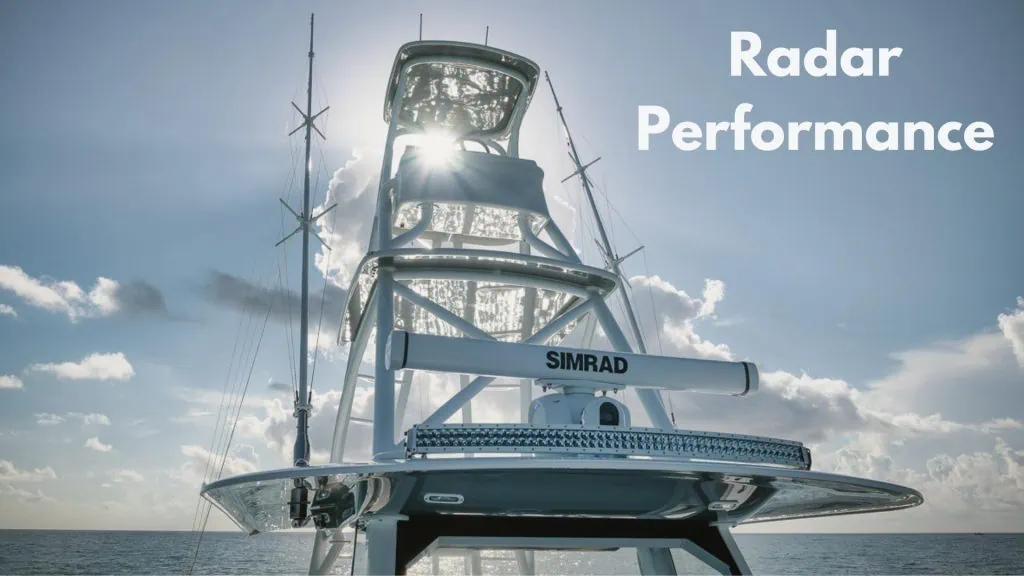
Radar Performance
- Garmin’s Fantom radars provide excellent short and long range performance in a compact dome.
- Simrad Halo radars are regarded as having the best gain control and target separation.
- Useful motion detection features available on both brands to reduce sea clutter.
- Doppler target tracking functional on Garmin and Simrad to help identify moving objects.
Networking and Connectivity
- Garmin uses NMEA 2000 and Garmin Marine Network to share data between displays.
- Simrad’s SimNet allows networking between Simrad displays and other NMEA 2000 devices.
- Garmin’s radar video networking only available on high-end 8616 and 96/98 series units.
- Simrad provides full radar video, sonar, and camera networking across all compatible displays.
- Garmin offers better integration with accessories like Fusion stereos, Yamaha engines.
Smartphone Integration
- Garmin’s ActiveCaptain app provides integration between smartphone and chartplotter.
- ActiveCaptain allows easy transfer of waypoints, routes, Tracks, GRIB files between devices.
- Simrad does not currently have a fully integrated smartphone app solution.
- Third-party apps like GoFree Track provide limited planning and monitoring with Simrad units.
Autopilot Integration
- Garmin autopilots allow autosteer along routes, Tracks from the chartplotter interface.
- Simrad autopilots like NAC-2 provide more control over steering parameters directly from display.
- Both integrate well to allow autopilot control from the chartplotter. Same brand integration optimal.
Final Verdict: Which is Better?
There is no definitive “winner” between Garmin and Simrad Electronics. Both brands offer excellent performance and have advantages that appeal to different users.
Garmin is generally easier to use out of the box, especially for novice boaters. It excels at navigation, fishfinding and smartphone integration.
Simrad systems provide superior radar clarity and sonar images. They also offer greater flexibility and customization for power users willing to learn.
Consider your specific needs and boat setup before deciding between Garmin and Simrad. Get hands-on experience with the interfaces and displays if possible. And match the electronics to the transducers and accessories you need.

